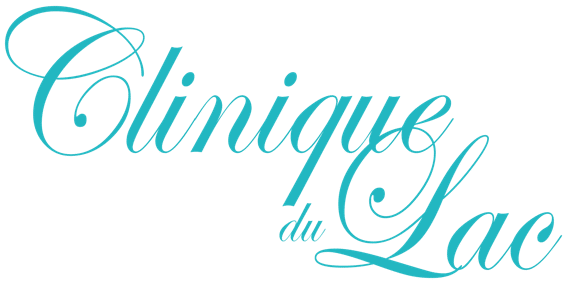Clinique du Lac » Your needs & Our solutions » Cosmetic surgery » Facial aesthetic surgery » Lipostructure
Lipostructure or filling is a revolutionary technique for filling and rejuvenating the face.
The advantages: The modelling is natural and durable: it does not swell but reshapes the face.
The patient is injected with his or her own fat, but by locating it in the different planes the structure of the tissues is altered: THE FAT DOES NOT FILL, BUT ENVELOPES THE TISSUES.
This technique is perfectly indicated in the first stages of ageing when the fullness of the face is lost due to melting of the fatty tissues. The skin remains the same, but without the underlying structures, which gives rise to wrinkles and folds. .
When the missing volume reappears the wrinkles disappear. This is one of the techniques which provide the best results in terms of rejuvenation of the cheekbones and orbit.
Since liposuction has been practised, the fat cells have been used to fill other parts of the body by being reintroduced into the places that need it. This autologous fat reinjection is called lipofilling or lipomodelling.
For a long time the results of this operation have proved unstable in terms of the final appearance, and the permanence of these results: the reintroduced fat cells tended to be significantly resorbed.
The factors responsible for these defects were analysed by the plastic surgeons who did not want to halt at this hurdle. They advanced the techniques little by little, and in 1995 lipomodelling (or lipostructure) began achieving extremely reliable results (S. COLEMAN).
The procedure consists in reinjecting extracted fat cells, which therefore allows a fully-fledged self-graft.
Most hollows, whether they be natural, caused by a trauma or resulting from a medical treatment, can be filled by lipomodellling.
The requirements and objectives of this operation are::
1/ The aesthetic requirements:
2/ Requirements associated with repair and reconstructive surgery:
The patient should know that medical insurance policies can cover lipomodelling under certain conditions if it is indicated in the context of reconstructive surgery.
It should be fully realised that lipofilling remains a real surgical procedure and it is essential to choose a plastic surgeon that is competent to conduct this operation and is used to working in a surgical environment.
A detailed analysis, particularly photographic and medical analysis, will be conducted to provide the best possible evaluation of the alterations to be made.
A study must be carried out to compare the present appearance of the face with previous photographs.
A consultation with the anaesthetist is planned two days before the operation at the latest.
Beforehand a preoperative assessment is conducted to make sure that no contraindication thowards the operation.
To avoid any healing problems it is recommended that the patient stop smoking at least one month before the operation.
It is strictly prohibited to take medication that contains aspirin for ten days preceding the operation.
CHARACTERISTICS OF THE ANAESTHESIA
Lipomodelling generally requires a so-called “vigil” anaesthetic (local anaesthetic accompanied by tranquillisers administered intravenously) or a simple anaesthetic, or sometimes even a general anaesthetic.
The anaesthetist and surgeon will consult the patient to select a suitable anaesthetic.
TYPE OF HOSPITALISATION :
Outpatient hospitalisation is normally required: admission and discharge on the same day.
It is sometimes necessary for the patient to remain in hospital during the night following the operation.
La Clinique du Lac vous offre deux séances de Evolve X d’une valeur de 300 € pour toute séance de cryolipolyse effectuée.
Offre valable du 1e au 30 avril.
